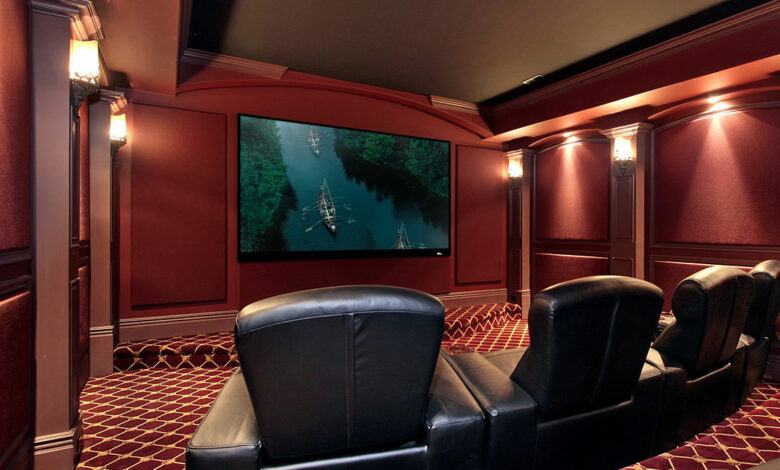Immerse Yourself in Cinema Sound: Tips for Home Theatre Audio Installation

Creating a captivating and immersive home theatre experience requires more than a high-definition television and comfortable seating. Sound quality plays a crucial role in enhancing the overall cinematic experience. Installing a sound system tailored to your home setup is essential to achieve optimal audio performance. This article explores the best ways of home theatre installation, ensuring an exceptional audio experience that transports you into the heart of your favourite movies.
Understanding Acoustics
Before delving into the installation process, it’s crucial to comprehend the principles of acoustics. Acoustics refers to the way sound behaves within a given space. Factors such as room size, shape, materials, and furniture placement affect the sound quality. Large rooms with high ceilings tend to create more echo and reverb, while smaller rooms can cause sound to feel confined. By considering the acoustics of your space, you can make informed decisions when selecting and installing your sound system.
Choosing the Right Speakers
The cornerstone of any sound system is the speakers. Choosing the right speakers for your setup is essential to create an immersive experience. Start by determining the number of speakers you need. A 5.1 speaker system comprising five speakers and one subwoofer is a popular choice for many home theatres. However, if you desire a more encompassing audio experience, you may opt for a 7.1 or even a 9.1 system. Select speakers that complement the size and layout of your room, ensuring they deliver optimal sound coverage.
Positioning the Speakers
Proper speaker placement is crucial to achieving balanced and accurate sound distribution. The front left, centre, and right speakers should be positioned in line with the television, forming an arc that faces the audience. Surround speakers should be placed slightly above ear level and around the seating area. The subwoofer can be placed anywhere, as low-frequency sounds are non-directional. Experiment with different placements and consult a professional for expert advice on speaker positioning tailored to your specific room dimensions.
Calibrating the Sound System
It’s essential to calibrate your sound system correctly for the best audio performance. Most modern receivers and soundbars come equipped with calibration features that analyse the acoustic properties of your room and adjust the audio settings accordingly. Use a calibration microphone to measure the sound levels and optimise the speaker output. Additionally, fine-tune the equaliser settings to match your personal preferences. Proper calibration will result in a well-balanced and immersive audio experience that complements the visuals of your home theatre.
Investing in Acoustic Treatments
Consider investing in acoustic treatments to take your home theatre audio to the next level. Acoustic panels, bass traps, and diffusers can significantly improve sound quality by absorbing or diffusing unwanted echoes, reverberation, and reflections. Place acoustic panels strategically on the walls and ceiling to minimise sound reflections and enhance clarity. Bass traps help control low-frequency resonances, while diffusers scatter sound waves to create a more natural and spacious listening environment. Acoustic treatments can transform an ordinary home theatre into a space that rivals professional cinema sound.
Sound quality should never be overlooked when it comes to a home theatre installation. By understanding the principles of acoustics, selecting the right speakers, positioning them correctly, calibrating the system, and considering acoustic treatments, you can create an immersive audio experience that elevates you to new heights. Whether you’re a movie enthusiast or a passionate gamer, investing time and effort into installing a sound system that complements your home theatre will ensure that every sound is heard and felt, transporting you directly into the heart of the action.